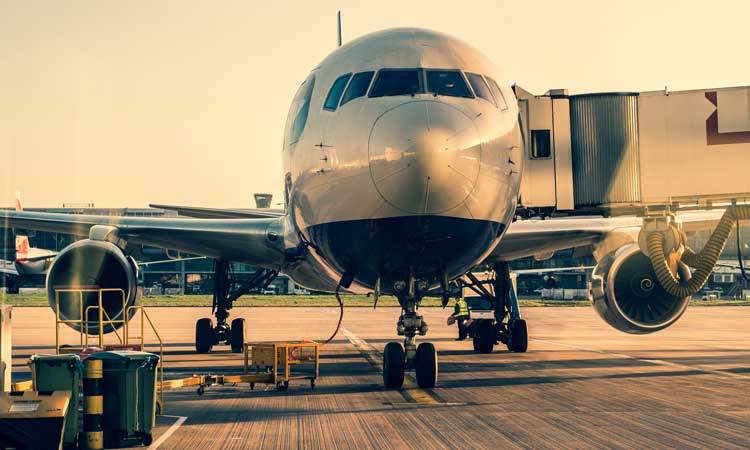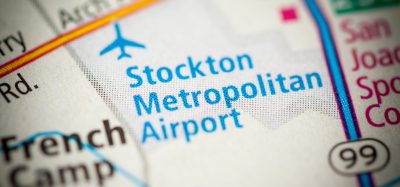Heathrow Airport to test remote offsite access to electricity network
- Like
- Digg
- Del
- Tumblr
- VKontakte
- Buffer
- Love This
- Odnoklassniki
- Meneame
- Blogger
- Amazon
- Yahoo Mail
- Gmail
- AOL
- Newsvine
- HackerNews
- Evernote
- MySpace
- Mail.ru
- Viadeo
- Line
- Comments
- Yummly
- SMS
- Viber
- Telegram
- Subscribe
- Skype
- Facebook Messenger
- Kakao
- LiveJournal
- Yammer
- Edgar
- Fintel
- Mix
- Instapaper
- Copy Link
Posted: 22 July 2020 | International Airport Review | No comments yet
UK Power Networks Services will conduct an investigation into offsite access for the control of Heathrow Airport’s electricity network.


Credit: UK Power Networks Services
London Heathrow Airport (LHR) is set to be the subject of a UK Power Networks Services investigation into the creation of remote offsite access for the control and monitoring of its electricity distribution network that meets the airport’s high level security requirements, and allows staff to control the electricity network when access to the airport is restricted.
Funding for the project was awarded by Innovate UK in response to Heathrow Airport’s need for social distancing measures amidst the COVID-19 pandemic, whilst ensuring power supplies remain safe and reliable.
‘Mixed reality’ technologies will be assessed, including the use of geo-fencing – a cyber-perimeter that ensures the network remains highly secure in the virtual world. Biometric scanning, such as facial recognition, will also be tested to provide further checks of authentication and authorisation, in addition to conventional technologies.
Heathrow Airport currently operates a SCADA (Supervisory Control and Data Acquisition) system, which allows engineers to operate and monitor the airport’s electricity supplies. The project will assess opportunities to enhance its capacity to be operated remotely, such as from an office outside the airport environment or even from home. It will also investigate the potential to roll out the technology to other airports across the UK and large infrastructure projects.
As well as enabling staff to control the electricity network remotely, subsequently minimising the risk of COVID-19 transmission in the workplace, additional benefits include the reduction of energy losses and costs – as sections of the network can be monitored and switched off remotely when required – and a reduced carbon footprint, as airport staff don’t need to travel to and around the airport so often.
Related topics
Airside operations, COVID-19, New technologies, Safety, Security, Workforce


















